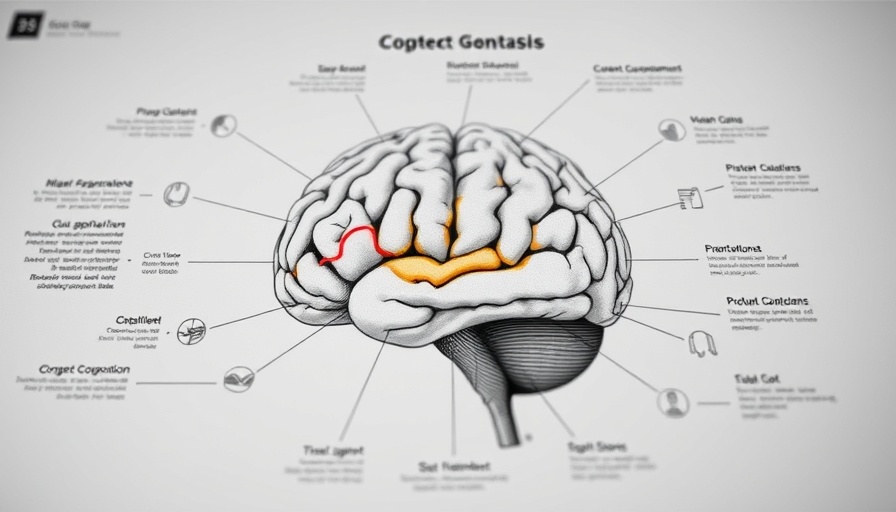
Understanding Context Boundaries in Decision-Making
Decisions are a fundamental part of everyday life, from choosing what to buy at the store to determining how to navigate social relationships. Recent research from the DAM-Decision and Memory group at Universitat Jaume I sheds light on how our brains utilize context boundaries to enhance these complex decision-making processes. Insights from Dr. Raphael Kaplan and his team highlight the critical roles of the hippocampus and medial prefrontal cortex in both spatial and abstract contexts.
The Role of the Hippocampus
The hippocampus is famously recognized for its role in spatial navigation, as it helps us remember where we have been in relation to environmental boundaries. This research has revealed that the hippocampus not only tracks physical locations but can also adapt this tracking to abstract scenarios—such as weighing the size of an apartment against its price. This adaptability indicates that our brains can integrate various context boundaries to inform daily choices, which align with our goals and desired outcomes.
The Influence of Social Anchoring
In another intriguing facet of the research, doctoral student Marta Rodríguez introduced the concept of social anchoring. This phenomenon reveals how our preferences influence our memory of others' choices and behaviors. When we establish social connections, our biases become intertwined with our recollections of others, providing valuable insights into how social dynamics affect decision-making. Recognizing these biases can elucidate why certain social interactions may not go as planned and can help in structuring better future interactions.
Implications for Everyday Decision-Making
Understanding how our brains use context boundaries can offer transformative insights into everyday decision-making. For instance, when considering a major purchase or reflecting on social obligations, a clearer awareness of how context shapes our preferences and perceptions can better inform our choices. Equipped with this knowledge, individuals can strive for more objective decision-making, potentially improving outcomes in both personal and professional realms.
Future Directions of Research
The implications of this study suggest pathways for future research into the neural mechanisms underlying decision-making. By continuing to explore how different brain regions interact and how contextual boundaries are defined, researchers could pave the way for interventions that enhance decision-making processes. Whether in economic choices or social settings, improving our understanding of these dynamics could ultimately lead to healthier, more informed lifestyles.
Practical Insights for Health and Wellness
Embracing the knowledge of how context influences decisions can be particularly beneficial for those focused on health and wellness. By recognizing how social settings and personal biases influence food choices, for example, individuals can engage in better nutritional habits and lifestyle adjustments. Facilitating discussions about these biases within community health and wellness frameworks can further strengthen collective decision-making as well, leading to healthier communities.
Conclusion: Making Informed Decisions
In conclusion, understanding the role of context boundaries in decision-making provides profound insights applicable to various aspects of life, from health choices to social interactions. By becoming aware of our cognitive processes, we can make more intentional choices, ultimately steering towards optimal health and wellness. To learn more about how you can apply these insights to your own life, consider exploring local wellness events and resources tailored to your interests.
 Add Row
Add Row  Add
Add 




 Add Row
Add Row  Add
Add 


Write A Comment